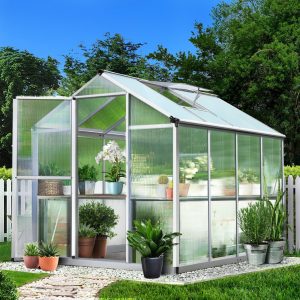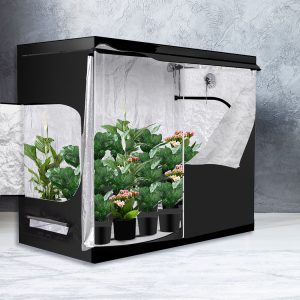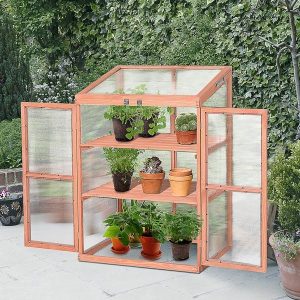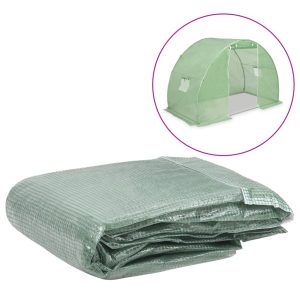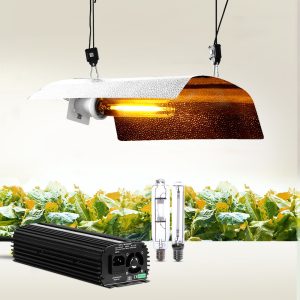Cart review
Green Houses
Save your plants, Get a Greenhouse
Green Houses are sometimes termed glasshouses, the structure used to shelter vulnerable or out-of-season plants from extreme cold or heat.
Filter
Green Houses were common brick or wooden shelters in the seventeenth century, with a standard amount of window area and some kind of heating. As glass grew more affordable and more advanced heating methods were available, the greenhouse developed into a glass-roofed and glass-walled building with a minimum wooden or metal skeleton. By the mid-nineteenth century, the greenhouse had evolved from a simple haven from an adverse climate to a regulated environment tailored to the demands of certain plants. In the nineteenth century, an explosion in the availability of exotic plants resulted in a massive expansion in glasshouse cultivation in England and worldwide. While large Green Houses are necessary for agriculture, horticulture, and botanical study, hobbyists, collectors, and home gardeners often utilize smaller buildings for their gardening equipment.

